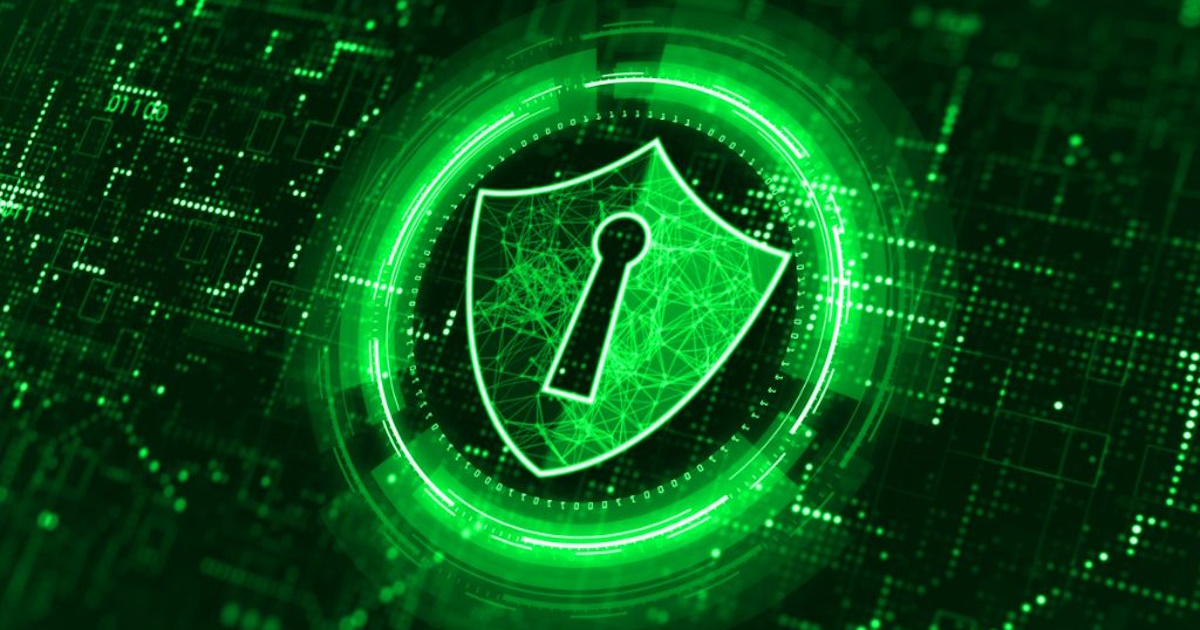 SECURITY
SECURITY
 SECURITY
SECURITY
 SECURITY
SECURITY
Following last year’s announcement of an organizational restructuring and its recent Accelerate event in Las Vegas, Fortinet Inc. has been buzzing with activity lately.
The announcement uncovered the company’s plans to hone in on three high-growth areas with differentiation potential: security operations, secure networking and secure access service edge.
“That makes perfect sense — speaking about these three areas of focus, the [total addressable market] in these three realms is pretty significant,” said Shelly Kramer, principal analyst at theCUBE Research. “You’ve got a total TAM in 2023 of about 125 billion, expected to rise to about 199 billion by 2027. There’s every reason for vendors to focus on these markets.”
Kramer and Zeus Kerravala, principal at ZK Research, spoke during a SecurityANGLE analyst insight series from theCUBE. They discussed the headwinds and challenges expected to follow Fortinet’s planned evolution from a security vendor to a secure networking powerhouse.
When companies embark on new strategic directions, they usually do so to expand in scope and access a broader playing field. Secure networking, a $62 billion market, encompasses network firewalls, secure switches and 5G gateways — with an anticipated annual growth rate of 9%. Moreover, security operations, crucial for enterprise-grade security tech, is projected to grow at 14% annually, reaching $78 billion by 2027, according to theCUBE analysts.
Lastly, universal SASE, valued at $17 billion, simplifies zero-trust strategies and is expected to grow by 20% annually. All three areas are big-ticket markets and crucial conquering grounds for any competitive secure networking company, according to Kerravala. Importantly, Fortinet aims to integrate the three product points into a single platform, leveraging its Security Processing Unit and a single operating system across the board. This approach ensures consistency and customer ease of use across various deployment scenarios.
While Fortinet’s roots lie in enterprise security operations, the company is branching and developing networking chops, with those professionals forming a large chunk of the audience at Accelerate. Acquisitions facilitate strategic expansions. For its part, Fortinet has also made several strategic acquisitions for a foothold in networking areas like wireless LAN and SD-WAN, Kerravala pointed out.
“There were more network professionals there,” he said. “Also, the relative importance of security is continuing to grow, especially in the AI, cloud-driven hybrid work era where you need more security in more places. I think those three key areas were all reflected at the event.”
It’s not all opportunities and growth areas, however. Fortinet has the engineering pedigree, but its messaging and market presence must be amplified if it hopes to compete favorably with industry giants, such as Cisco Systems Inc. and Palo Alto Networks Inc., according to Kerravala.
“I think even from a channel perspective, they need to get more networking channel partners,” he said. “They need to be able to speak the language of network administrators versus security administrators that buy networking. I think there’s a learning curve to do there. Fortinet has done a good job with product, but now there are a bunch of other things that revolve around it, including go-to-market, your partner, community certifications.”
The company has to articulate its platform’s value in a crowded security landscape. As competitors tout their offerings, Fortinet must differentiate itself by quantifying operational and cost benefits for customers. Building a compelling narrative around its integrated networking and security solutions will be key to capturing mindshare and expanding its market presence, Kramer and Kerravala concluded.
Here’s theCUBE’s complete video with Kramer and Kerravala:
THANK YOU